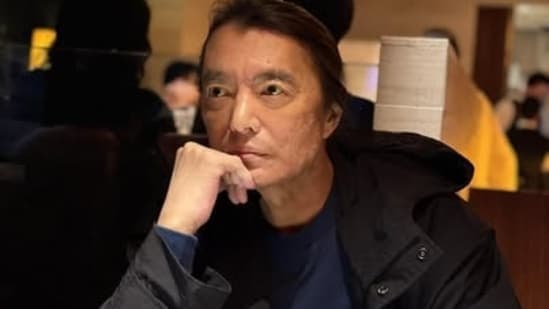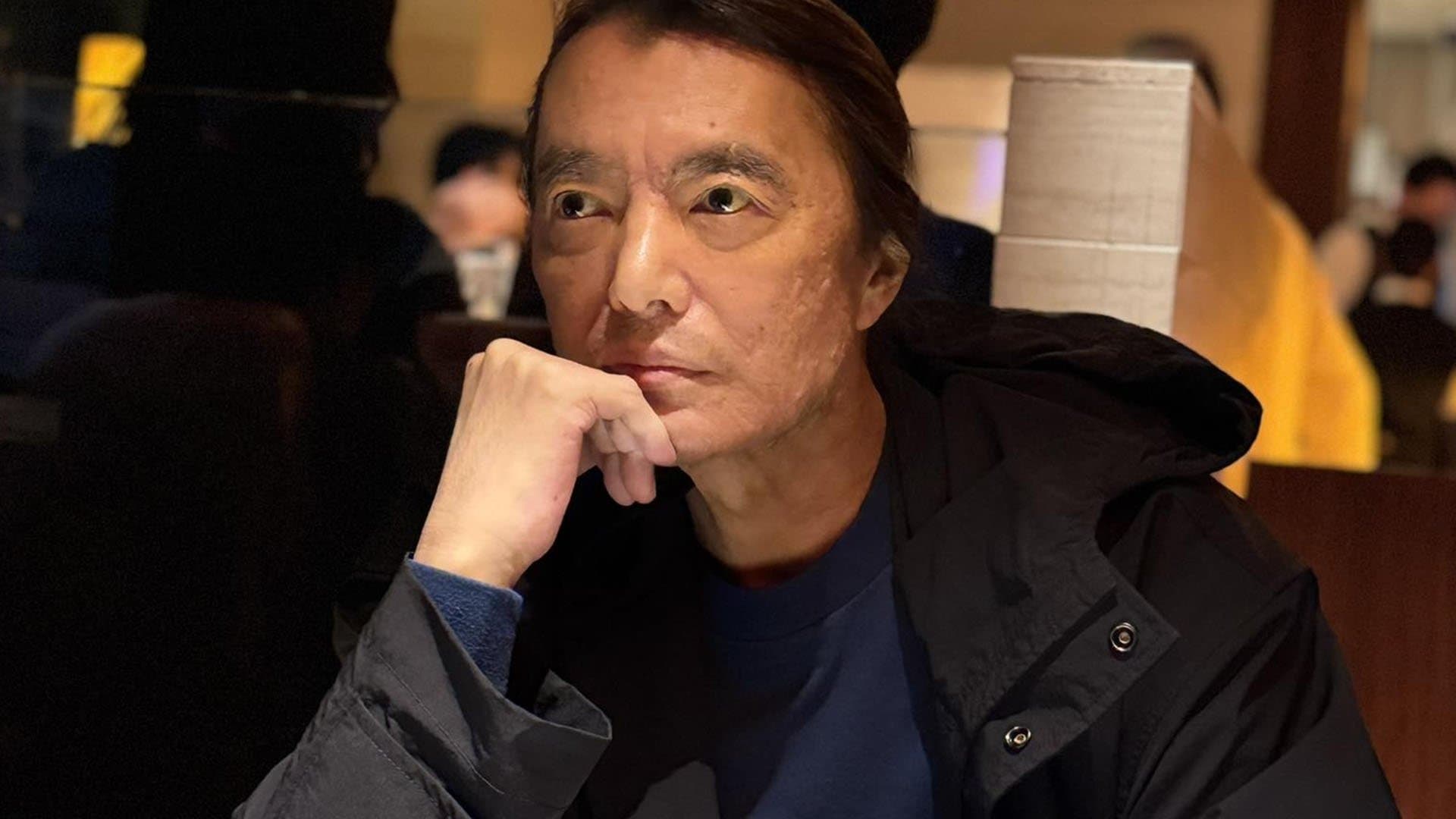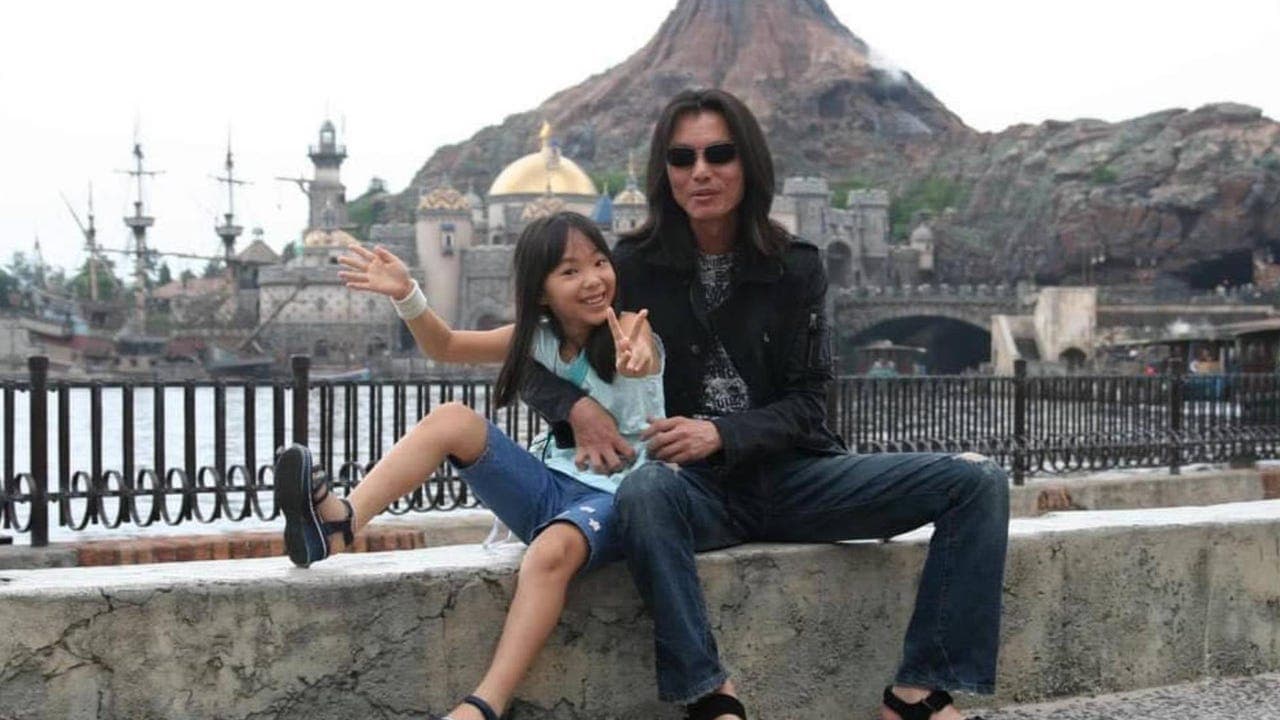
This hit hard. Tomonobu Itagaki-creator of Dead or Alive, the driving force behind Ninja Gaiden’s ferocious 2004 rebirth, the sunglasses, the swagger, the uncompromising takes on game design-has died at 58. The announcement came via his Facebook account, and it included a final message that’s equal parts fearless and heartbreakingly honest. As someone who still remembers Alma bodying me in Ninja Gaiden Black until I learned to respect invincibility frames, this is the passing of a true architect of modern action games.
Itagaki’s final note pulls no punches. Translated from his post: “The light of my life is about to go out. The fact that this sentence has been published means the time has finally come. I am no longer of this world. (This last message is addressed to someone dear to me.) My life has been a succession of battles. We kept winning. I caused a lot of trouble. I remain true to my convictions and that is how it should be. I have no regrets. I’m just sorry to all my fans that I couldn’t deliver my new work. I am sorry. That’s how it is. That’s life.”
It’s pure Itagaki—combative, candid, and focused on the work. The man who once insisted a great game must be a harmony of visuals, interactivity, and playability died still thinking about what he hadn’t delivered yet. That stings, but it also tells you everything about his priorities.
Beyond the message, the small details hit fans: he was famously photographed in sunglasses—by his own admission to hide tells while gambling—and the last image shared without them felt like an earned vulnerability from a figure who built a persona as sharp as his games.

Strip away the memes and the myth, and you have a designer who bent hardware and players to his will. Dead or Alive didn’t just coast on provocation—it pioneered a hold/counter system that made reads and timing essential, plus multi-tiered stages and danger zones that turned ring awareness into a mind game. DOA2 on Dreamcast and DOA3 on the original Xbox were technical showpieces that preached the gospel of 60 fps long before it was fashionable.
Then 2004’s Ninja Gaiden arrived and redrew the action blueprint. Itagaki’s team delivered blistering responsiveness, enemy AI that punished slop, and a move set that only came alive when you learned animation commitment, cancel windows, and spacing. Ninja Gaiden Black refined it into a gauntlet that felt fair precisely because it refused to flinch. Ninja Gaiden II doubled down with faster, bloodier encounters and infamous shuriken-happy mobs. You can gripe about the camera, but the combat language he defined still echoes through today’s character-action greats and even Team Ninja’s later souls-likes.
I remember the exact moment Ninja Gaiden “clicked”: burning an Essence to on-landing UT an Ishtaros finisher, then dodging through a grab with perfect iframes. That rhythmic, high-stakes flow is Itagaki’s fingerprint—games that reward mastery without apology.

Itagaki climbed from a graphics programmer at Tecmo in 1992 to leading Team Ninja by 2001, shipping two blockbuster franchises and earning a place on IGN’s 2009 list of the top 100 game creators. He left Tecmo in 2008 amid a legal dispute over unpaid bonuses, founded Valhalla Game Studios, and swung big with Devil’s Third in 2015. The results were messy—ambitious ideas colliding with production reality—but the ambition was unmistakable. Valhalla dissolved in 2021, and he quickly formed Itagaki Games, the project he referenced in that farewell that he didn’t get to finish.
He was never shy about platforms, either—early-2000s Itagaki was vocally Xbox-first and openly critical of some PS3-era ports. You didn’t have to agree with him to appreciate the conviction. To this day, if you want the purest Itagaki-era Ninja Gaiden, many fans point to Ninja Gaiden Black; others will recommend the Sigma versions collected for modern platforms for convenience. Even in the discourse around re-releases, his design values—frame rate, input priority, enemy lethality—are the yardstick.
The timing is poignant: Ninja Gaiden 4 is days away, and Itagaki didn’t work on it. That’s not a dealbreaker, but it does put a spotlight on what made his games tick. Will the new release preserve the snap of a perfectly buffered input, the cruelty of enemy mix-ups that force clean fundamentals, the sense that 60 fps isn’t optional but sacred? If the answer’s yes, the series is in good hands. If not, it’ll feel like an ornate shrine missing its spirit.

In the meantime, this is a good moment to revisit the work. Boot DOA2 or DOA5 and feel how the hold system changes your nerves. Load up Ninja Gaiden Black or its later collections and relearn why movement is your first weapon. You’ll see the throughline: a belief that interactivity—your decisions, your execution—matters more than spectacle. In an era drowning in cinematic bloat, that philosophy still feels radical.
Tomonobu Itagaki has passed away at 58, leaving behind Dead or Alive, Ninja Gaiden’s 2004 renaissance, and a fierce belief in responsive play. His farewell apologized for an unfinished project; his finished ones taught generations how demanding, and rewarding, action can be. The best tribute now is simple: pick up the controller and earn it.
Get access to exclusive strategies, hidden tips, and pro-level insights that we don't share publicly.
Ultimate Gaming Strategy Guide + Weekly Pro Tips